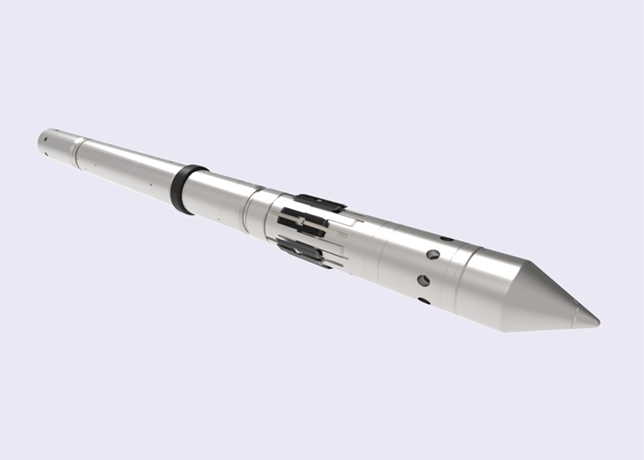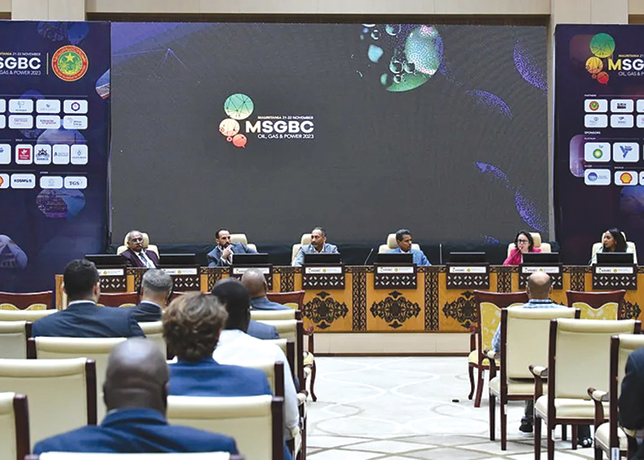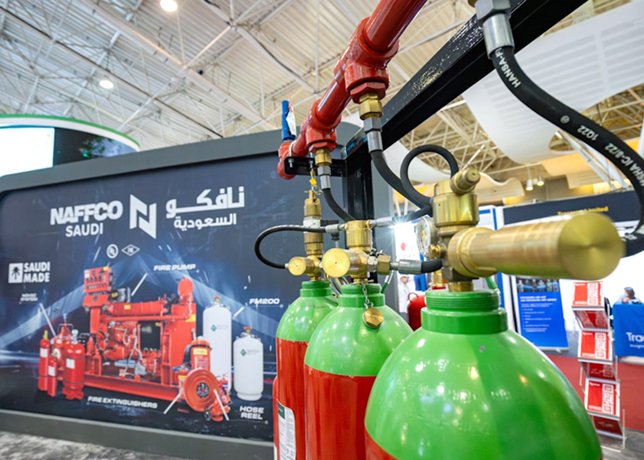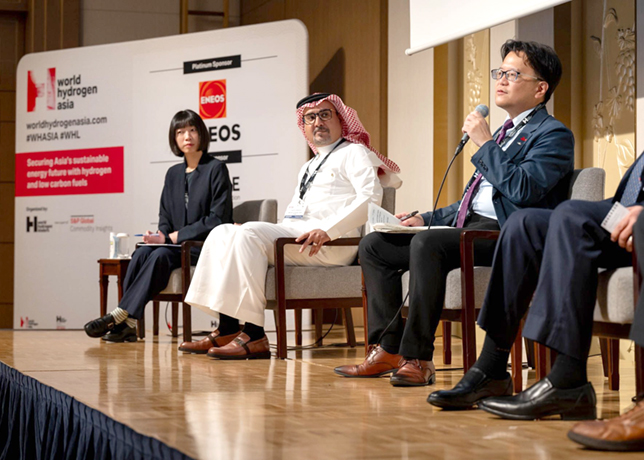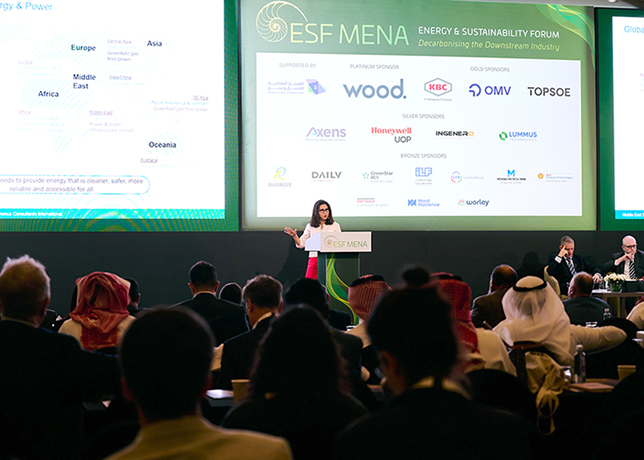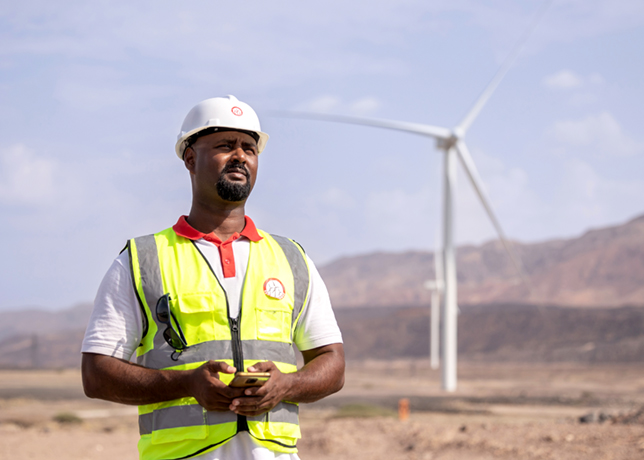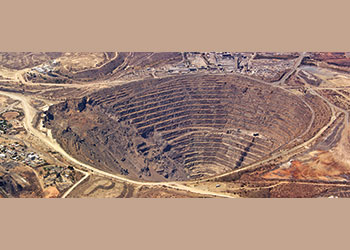
 The main dynamics behind women’s absence in the sector need to be understood
The main dynamics behind women’s absence in the sector need to be understood
Understanding the current state of women’s participation, the obstacles encountered and other reasons is the first step toward identifying the main dynamics behind women’s absence in the sector, says an IISD report
In an extensive phased report, titled 'Women and the Mine of the Future: Global Report', The International Institute for Sustainable Development (IISD) in partnership with global agencies have attempted to look at the employment of women in the mining sector and address the barriers faced by women and to advance gender equality in the mine of the future.
This report is based on data collected from a sample of 12 countries: Argentina, Australia, Brazil, Canada, Chile, Colombia, Ghana, Mongolia, Peru, South Africa, Sweden, and Zambia; and is part of the Women and the Mine of the Future (WMF) Project, which has three phases. It only looks at women employment in large-scale mining.
The following are excerpts from the report.
Overall, large-scale mining is a small direct employer and the share of direct employment reflects the structure of the economies and the size of the mining sector, compared to other economic activities.
Amongst the reported countries, Mongolia has the highest employment rate in large-scale mining, with 4.2 per cent of total employment, followed by Zambia (3 per cent) and South Africa (2.5 per cent).
Meanwhile, Argentina and Sweden have the smallest share—0.1 per cent and 0.2 per cent of total employment, respectively.
But despite its relatively small share of employment at the national level, the sector is nonetheless significantly important to the national economy in many countries.
LARGE COMMUNITY EMPLOYER
Despite its small share in national employment, large-scale mining is often the largest, if not the only, formal employer for local communities living around mining activities, particularly for women living in mining communities.
For instance, in Ghana, data based on the 2020 Ghana Chamber of Mines show that 27 per cent of all Ghanaians directly employed in large-scale mining were employed within their locality. In addition, 27 per cent of the Ghanaian female workforce was also employed in their locality.
In Canada, indigenous people represented 10 per cent of the mining workforce in 2021, while women made up 17 per cent of all indigenous people employed.
In Australia, in 2016, women made up 19 per cent of the Indigenous workforce, a slightly higher percentage than the non-Indigenous workforce.
GENDER RATIO IMBALANCE
A significant share of employment in the large-scale mining sector is held by men. According to ILO modelled estimates from 2021, some 21.4 million workers are employed globally in mining, of which an estimated 85 per cent are men.
The report’s found low female participation rate when compared to other economic sectors.
Sweden registered the highest share of female participation in total mining employment, with 25 per cent.
In other countries, women accounted from 9 per cent to 19 per cent of mining jobs, showing an evident underrepresentation of women across the board. Peru (2018) had the lowest female participation rate (9 per cent of women).
A promising trend seen in the report was the gradual increase of the share of women employed in most countries. This has been attributed to many positive changes in addition to the structural factors in the global economy.
So for instance the increase in female participation in mining in Sweden since the early 2000s was largely attributed to new technologies adopted by the industry.
More sophisticated mines contributed to changing the nature of work and the work environment in mining workplaces, making it possible for both men and women to perform certain tasks traditionally associated with physical strength.
However, findings from the analysis of workplaces show that, despite these positive changes, cultural aspects still emphasise that the "real" mining work requires "male" skills, therefore perpetuating the heavy presence of men in the mining work force, standing at 77 per cent in 2020.
In Brazil, from 2009 to 2019, the number of women participating in the mining workforce increased from 3,442 to 7,816 (127 per cent) compared to men, whose participation increased by 110 per cent.
The factors that favoured the overall growth in female participation in the labour market in Brazil are attributed to an increase in women’s education, the reduction in the fertility rate, and advances in the possibility of reconciling family and work, among others.
Increases in women’s participation in the sector, in particular after 2015, are also evident in the other countries, although Peru, Chile, and Argentina still rank as having the lowest participation of women from the baseline countries.
By contrast, in South Africa, overall employment in the mining industry declined, in part due to the decline in the gold sector. From 2012 to 2019, the sector lost 23,285 formal jobs. However, gender parity still improved by 4 per cent.
EXISTING CHALLENGES
• Although on average, the share of women’s participation in the large-scale mining workforce is gradually increasing, a few country reports pointed to the vulnerabilities in sustaining their jobs during economic downturns, downfalls in sectoral performance, and global crises.
In fact, while their employment rate tends to increase more sharply than men during boom periods, women are more likely to be laid off during crises.
In Mongolia, women’s employment rate in mining increased significantly during boom years. In 2019—a boom period for the sector—2,465 mining jobs were created for women, while, surprisingly, 2,752 jobs were cut for men.
However, in the years when the total number of jobs in mining declined, women’s employment rate declined by a higher rate compared to men. For instance, in 2020, during the pandemic, men’s employment rate in mining fell by 7.4 per cent, while women lost 34 per cent of their mining jobs.
In Ghana, a similar trend was seen. When the quarrying sector is excluded, women made up 13.5 per cent of the workforce in large-scale mining and their contractors in 2017, which fell to 8 per cent in 2019, following the sector’s downturn.
The report attributed this drop to the type of occupations women hold in the sector, such as administrative roles and community and personal services, which could be more likely to be impacted by budget restrictions and, hence, subject to decline with a downturn.
• Facilities, especially at mine sites, are not conducive to women’s employment. Facilities and equipment are often not adapted to the needs of women and the fly-in fly-out (FIFO) model for mines located in remote areas, which is a challenge for women trying to balance responsibilities at home and at work.
Expectations associated with women and childcare provide an added obstacle to their employment, especially in remote locations.
When combined with the low level of part-time work compared to other sectors, the industry’s culture of overwork, long hours, and intensity (which further burdens women due to their care duties at home) and the remote nature of the work, the sector becomes hostile to the employment of women.
Reports of discrimination (in terms of employment opportunities) and of violence, harassment, and sexist attitudes associated with the sector further impede women’s participation in mining.
• While women in mining generally have more advanced education than men, it was observed that they had fewer technical and vocational qualifications than men. This is an important barrier to the recruitment of women for core mining activities, which are more labour intensive, generally requiring mining-specific skills.
Women are also less likely to receive on-the-job training and apprenticeship opportunities than men.
• The gender pay gap stubbornly persists in the mining workforce. Women employees in large-scale mining earn lower wages. However, despite the relatively good wages mining can provide, the gender pay gap is significant in the sector. In Australia, women earn 83 per cent of men’s salaries in the large-scale mining sector.
CONCLUSION
Understanding the current state of women’s participation, the obstacles they encounter, and their reasons for not entering or leaving the mining labour force is the first step toward identifying the main dynamics behind women’s absence in the sector.
The report has made some policy recommendations that are directed aimed at governments, but also relevant for companies, and aim to help harness the potential of women in the large-scale mining sector, at present and in the future:
• Governments should have a gender strategy for mining and an action plan (for the implementation of said strategy). The focus of these plans should include provisions for skills creation, employment, and retention.
• Companies should adopt workplace anti-discrimination and anti-harassment policies.
• Governments should incentivise the mining sector to implement international best practices as exemplified by the International Finance Corporation toolkit, 'Unlocking Opportunities for women and Businesses'.
• Governments should introduce policies to proactively promote pay equity reviews and reporting of mining companies. These policies should be regularly monitored and reviewed.
• Companies should adopt policies that target unbiased treatment of women with respect to skills development and career development planning.
• Governments should introduce minimum legal standards and monitor their implementation for the industry to ensure fit-for-purpose PPE, safe and separate sanitation facilities, and gender-appropriate health services for women workers.
• Companies should prioritise and incentivise their women employees to benefit equally from on-the-job training opportunities and support their technologically-driven upskilling.
















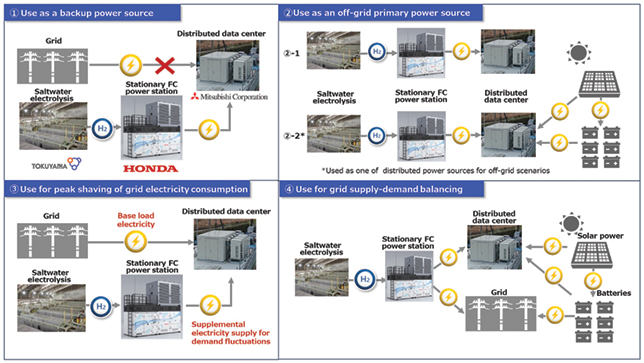








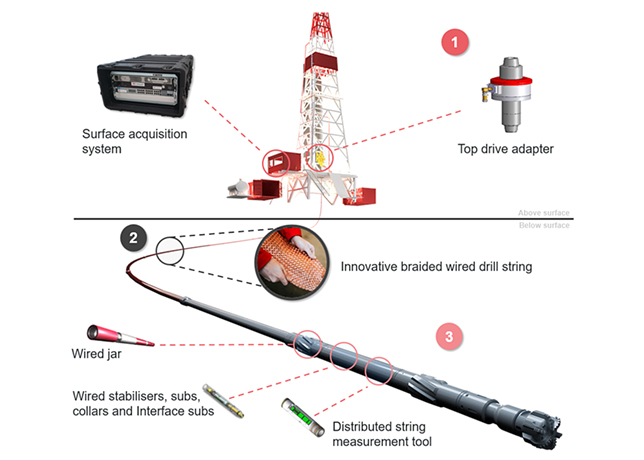






-is-one-of-the-world.jpg)



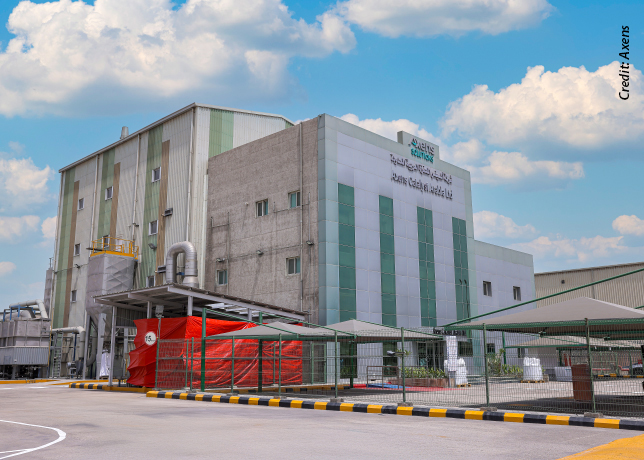

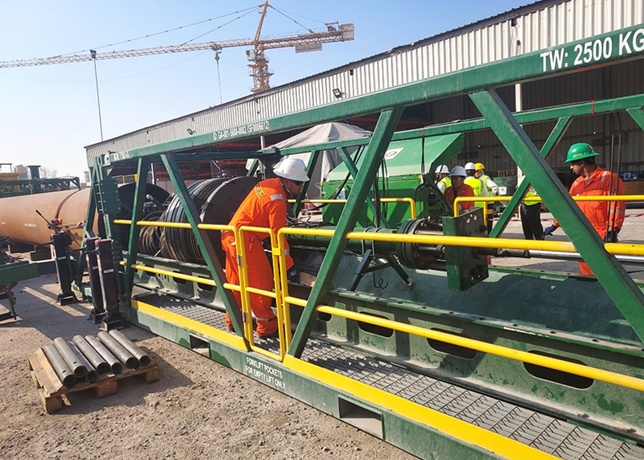
-(4)-caption-in-text.jpg)
